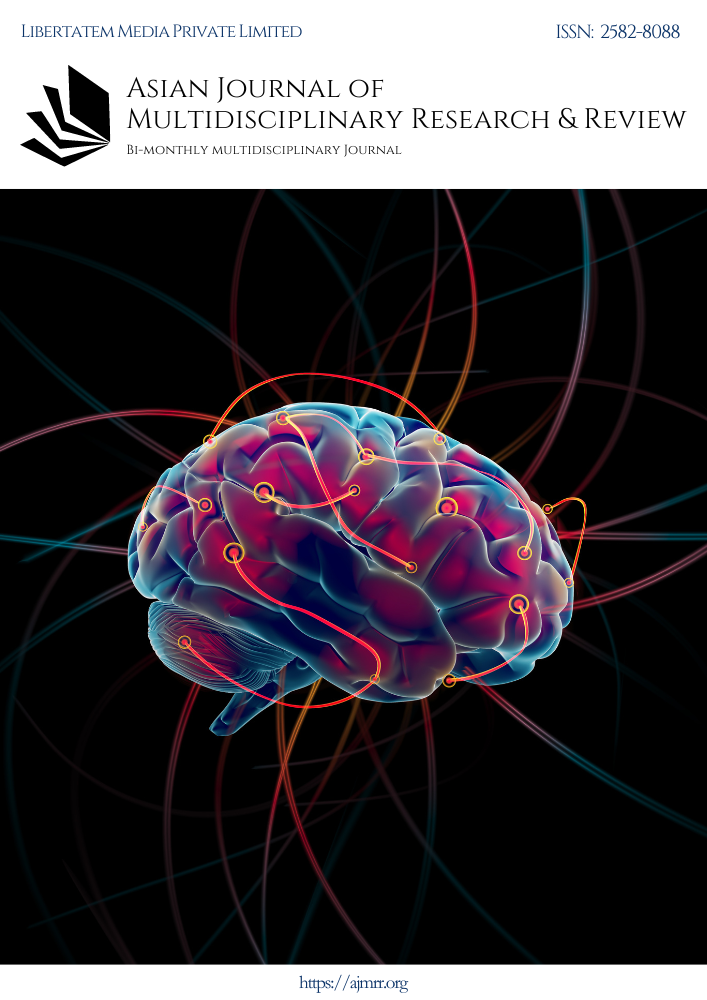INSOLVENCY AND BANKRUPTCY CODE KEY ECONOMIC REFORMS FOR INDIA
Keywords:
Board for Industrial and Financial Reconstruction (BIFR), Debt Recovery Tribunal (DRT)Abstract
The Insolvency and Bankruptcy Code (IBC) 2016 is regarded as India's most significant structural legislation reform. By reducing the amount of non-performing assets and raising the ease of doing business rankings, it is creating a strong Indian economy. To offer a single, cohesive, and essential platform for the revival and/or liquidation of corporate and non-corporate organizations as well as sole proprietorships, the Code aims to integrate multiple legislations on the subject. To safeguard the interests of not only creditors but also those of employees, workers, and other parties involved, the main and significant policy and procedural changes envisioned in the Code aim to recover the movable and immovable assets involved in distressed organizations promptly. Due to factors like smaller resolution times, which reduce the risk of losing investments, and flexible exit policies, the IBC has attracted investors from abroad. Even when a company becomes insolvent, the IBC works to maximize asset value realization. It has given the Indian economy a fresh look on the international stage. The paper evaluates the effects of restructuring under IBC on the Indian economy and describes IBC as a key tool in the development of the Indian economy. The study also found that IBC could have a beneficial effect; however, it still has to be endowed with the ability to be enforced and needs to be complemented by an effective auxiliary system. Since IBC has only been in place for six years, its long-term effects will also depend on how well the legislature and courts carry out their respective responsibilities.
Downloads
Downloads
Published
Issue
Section
License

This work is licensed under a Creative Commons Attribution-NonCommercial-ShareAlike 4.0 International License.
License Terms
Ownership and Licensing:
Authors of research papers submitted to the Asian Journal of Multidisciplinary Research & Review (AJMRR) retain the copyright of their work while granting the journal certain rights. Authors maintain ownership of the copyright and grant the journal a right of first publication. Simultaneously, authors agree to license their research papers under the Creative Commons Attribution-ShareAlike 4.0 International (CC BY-SA 4.0) License.
License Permissions:
Under the CC BY-SA 4.0 License, others are permitted to share and adapt the work, even for commercial purposes, as long as proper attribution is given to the authors and acknowledgment is made of the initial publication in the Asian Journal of Multidisciplinary Research & Review. This license allows for the broad dissemination and utilization of research papers.
Additional Distribution Arrangements:
Authors are free to enter into separate contractual arrangements for the non-exclusive distribution of the journal's published version of the work (e.g., posting it to institutional repositories or publishing it in books), provided they acknowledge the initial publication of the work in the Asian Journal of Multidisciplinary Research & Review.
Online Posting:
Authors are encouraged to share their work online (e.g., in institutional repositories or on personal websites) both prior to and during the submission process to the journal. This practice can lead to productive exchanges and greater citation of published work.
Responsibility and Liability:
Authors are responsible for ensuring that their research papers do not infringe upon the copyright, privacy, or other rights of any third party. The Asian Journal of Multidisciplinary Research & Review disclaims any liability or responsibility for any copyright infringement or violation of third-party rights in the research papers.



